

Curated experiences in Dijon
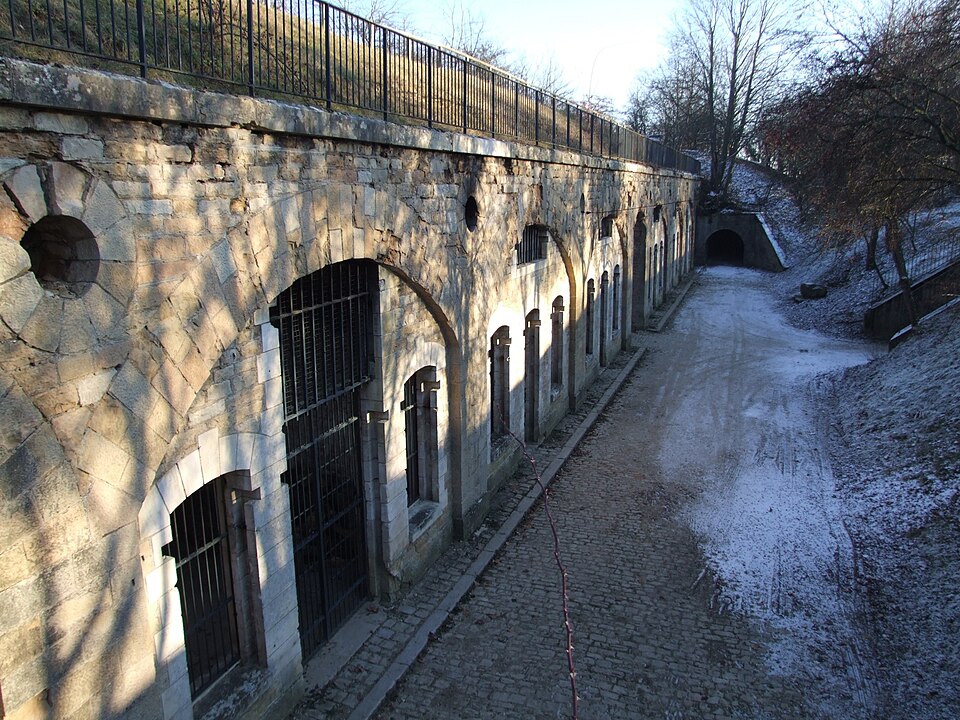

The Musée des Beaux-Arts de Dijon is a museum of fine arts opened in 1787, in Dijon, France. It is …
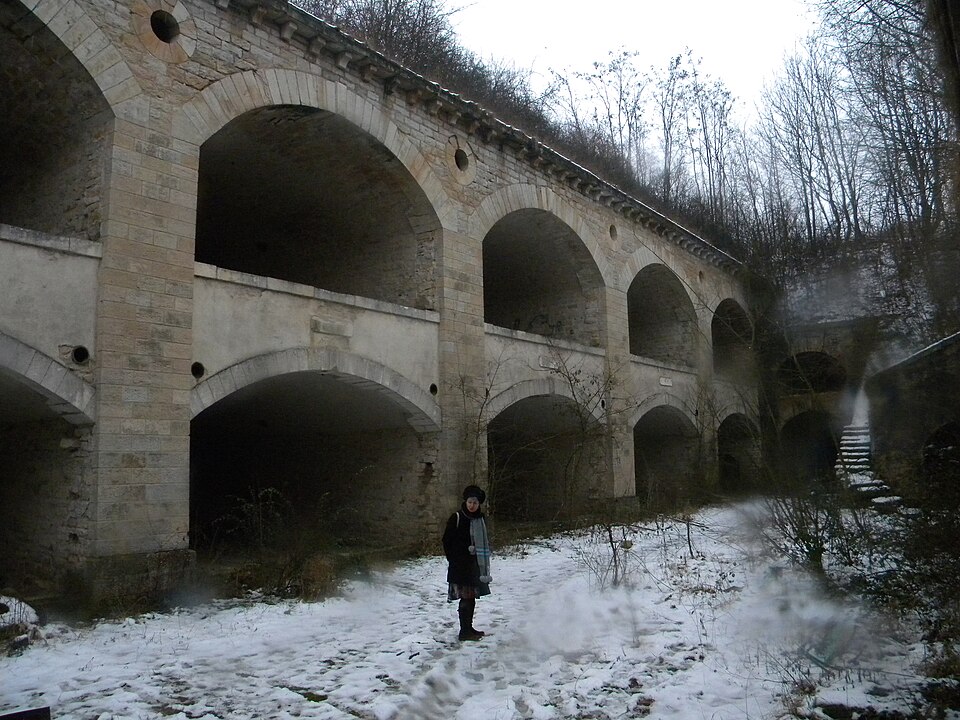
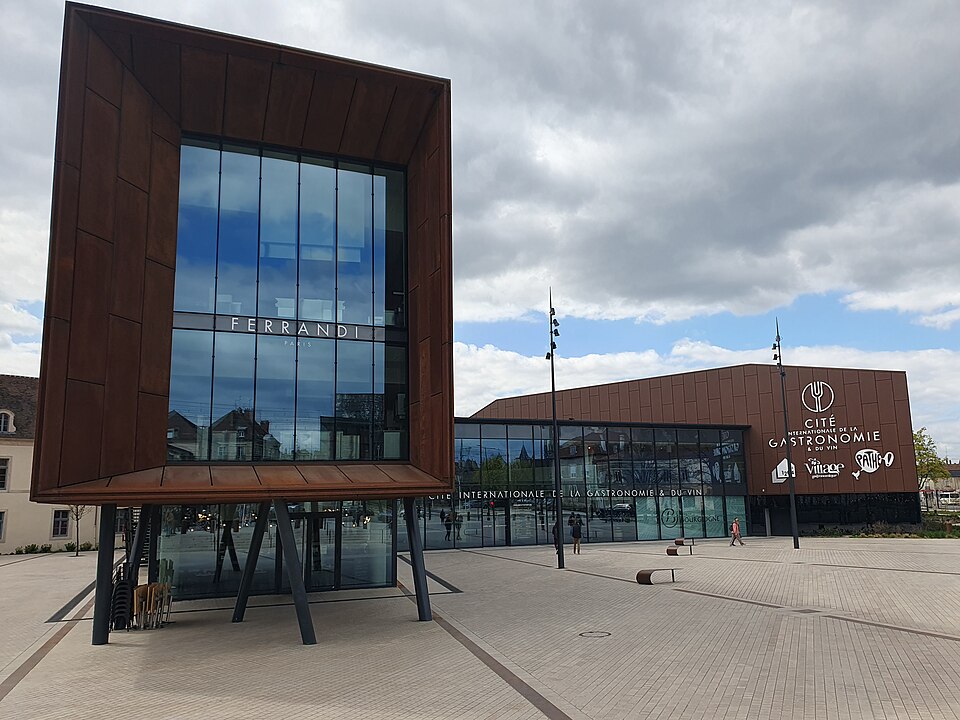

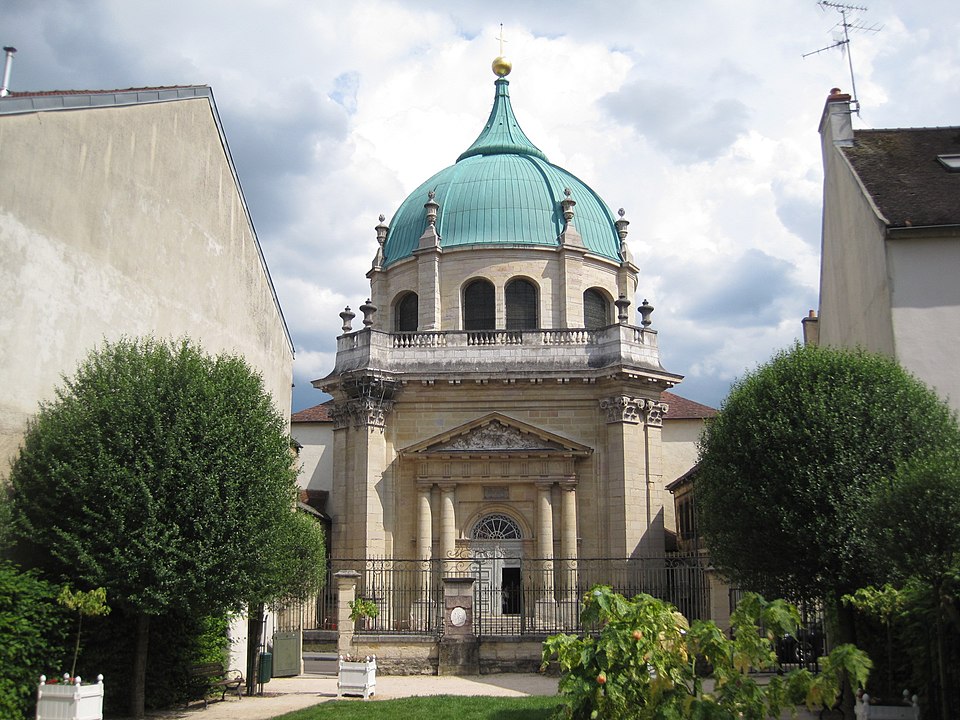
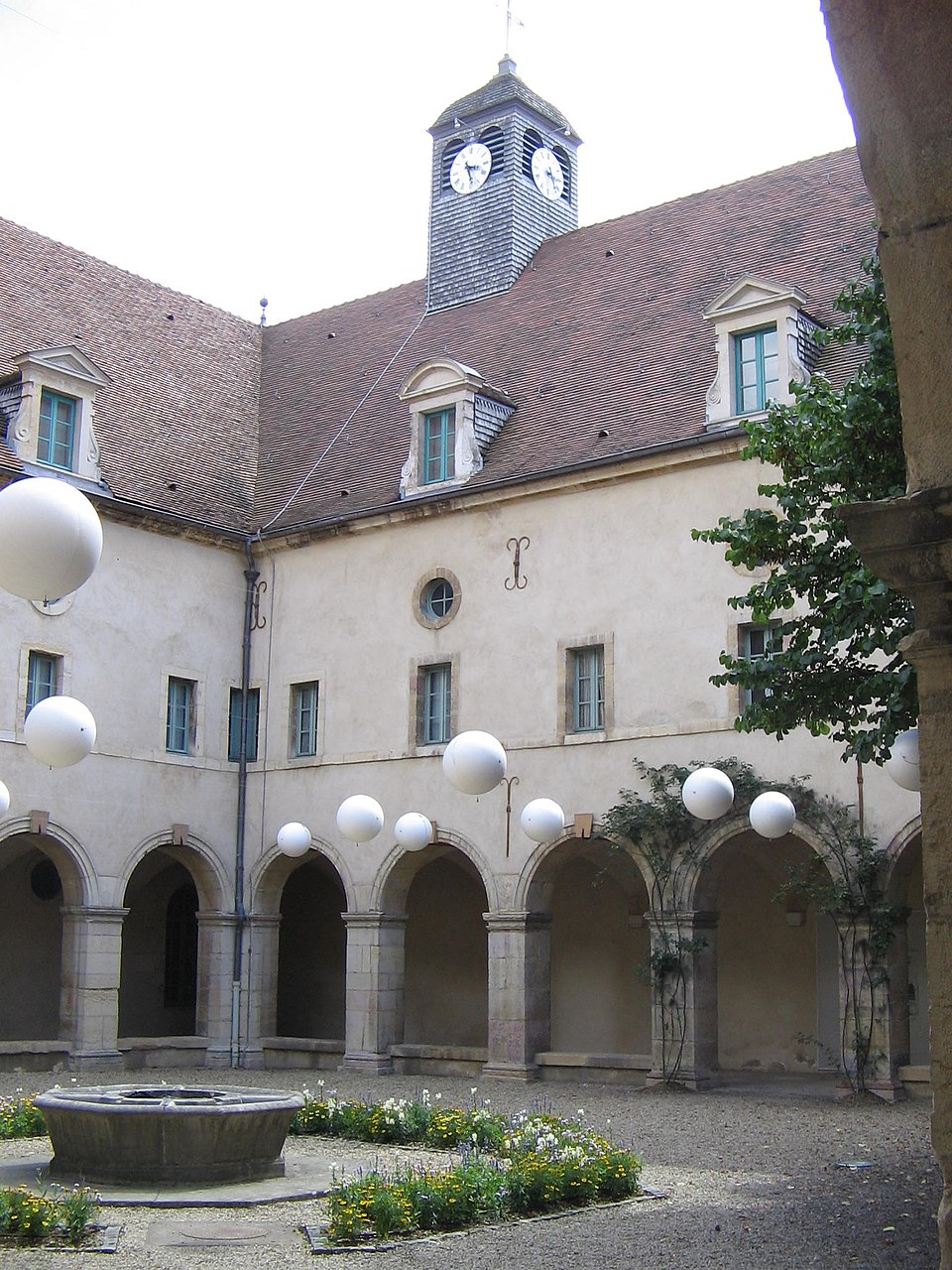

The Musée d'art sacré de Dijon is a municipal museum of Catholic Burgundian sacred art inaugurated in 1980 by Canon …
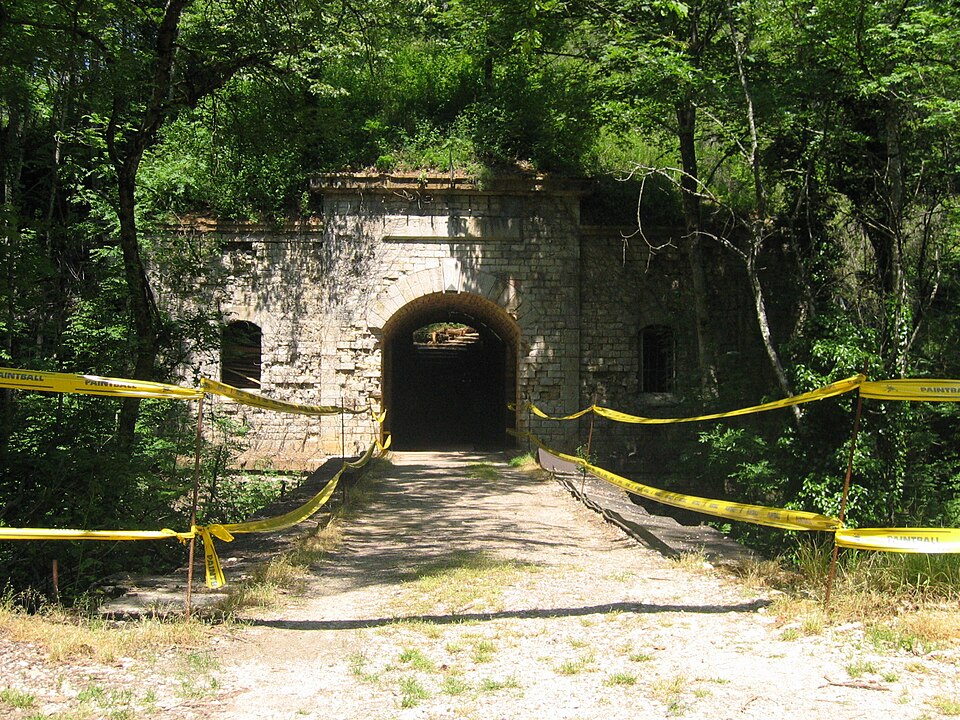
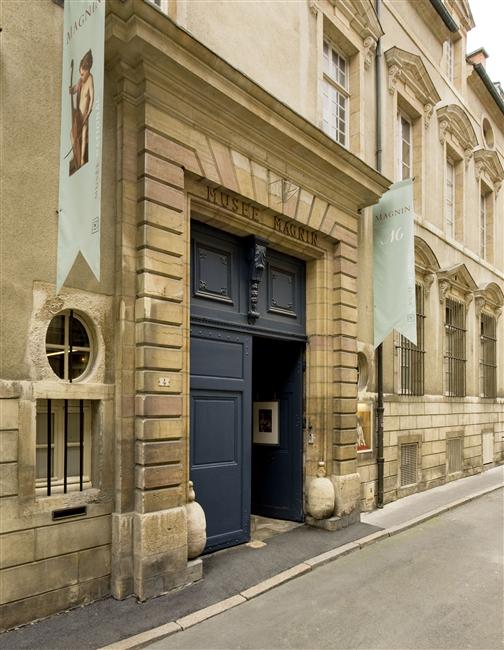
The Musée Magnin (French pronunciation: [myze maɲɛ̃]; English: Magnin Museum) is a national museum in the French city of Dijon …

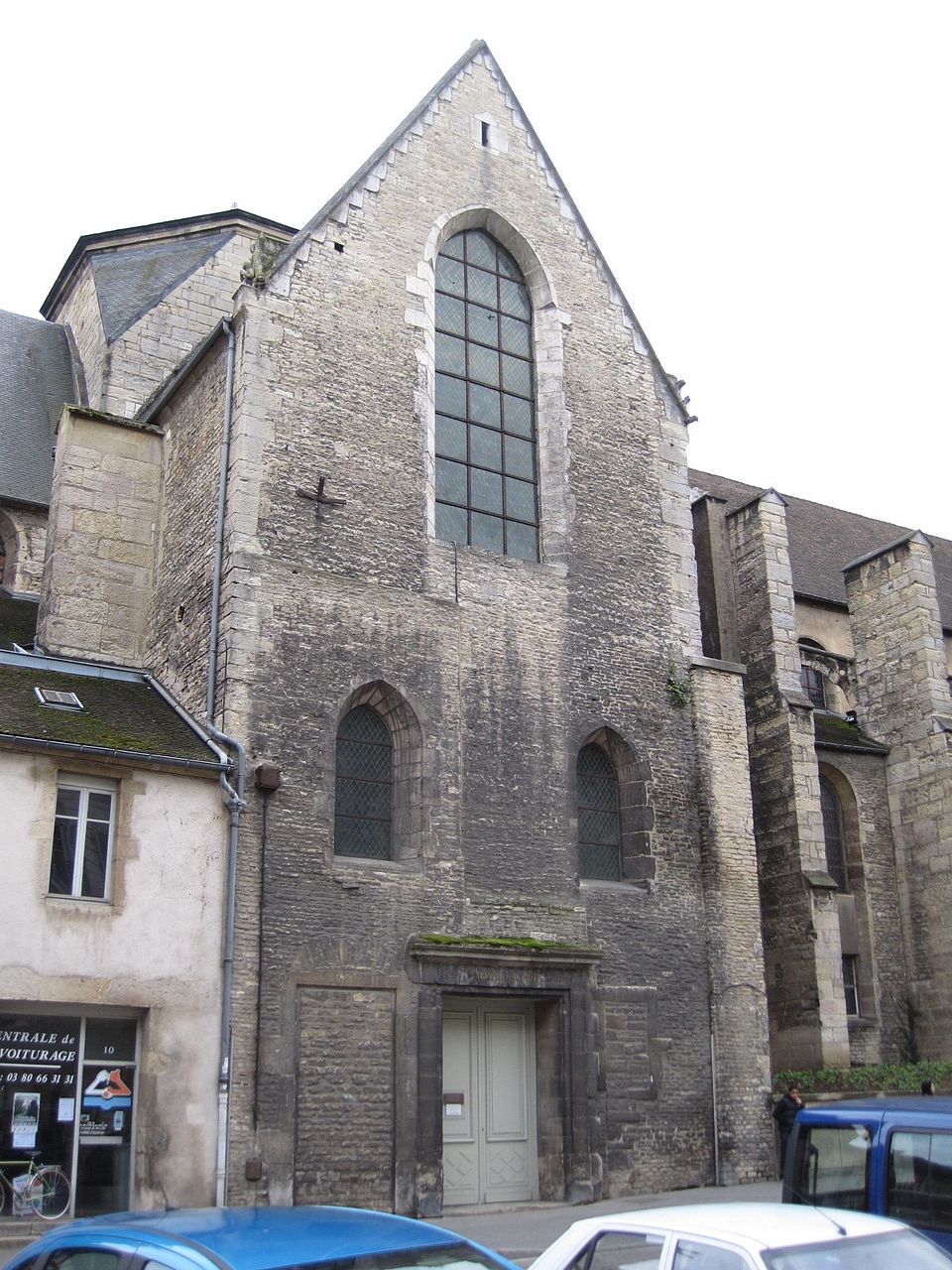
The Musée Rude is an art museum dedicated to the French sculptor François Rude (1784–1855). It has the "Musée de …
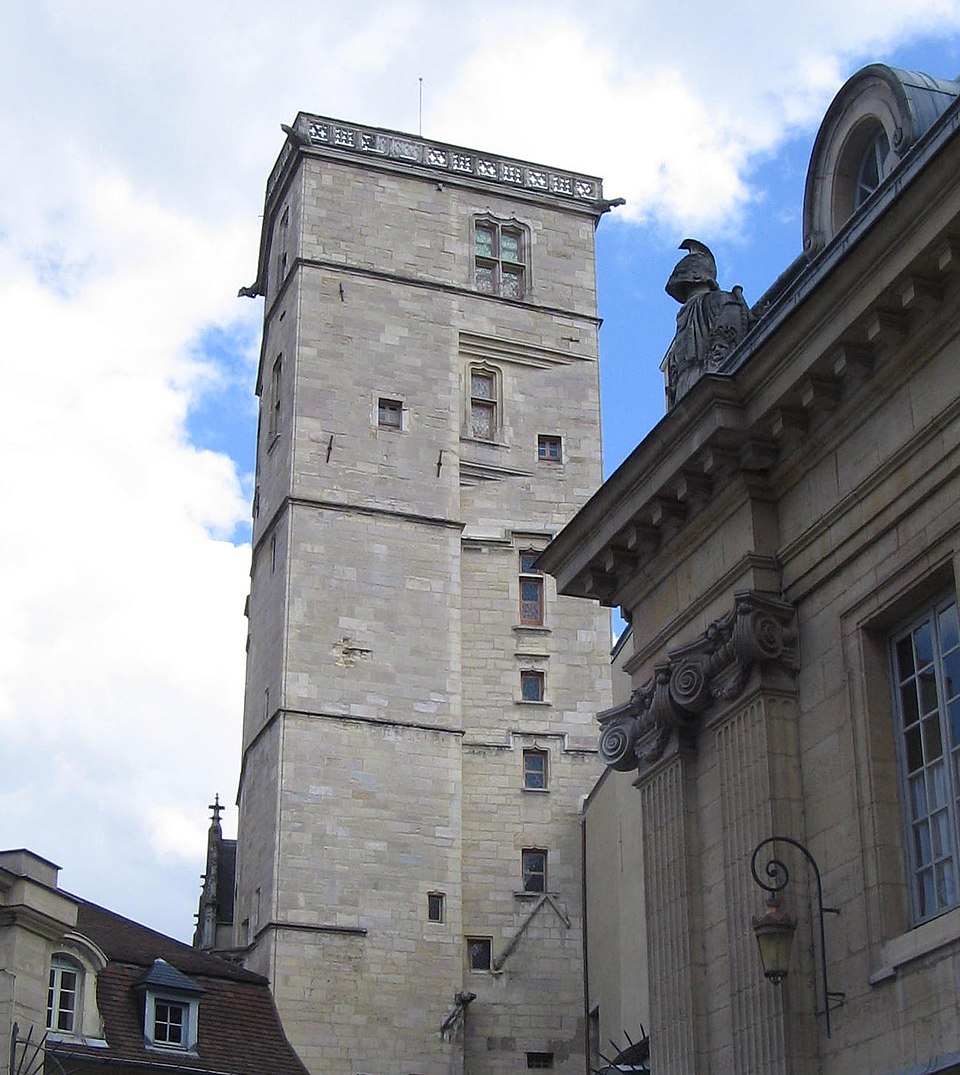

The Musée Archéologique de Dijon is an archaeology museum focusing on the archaeology of Burgundy that was founded in 1832, …
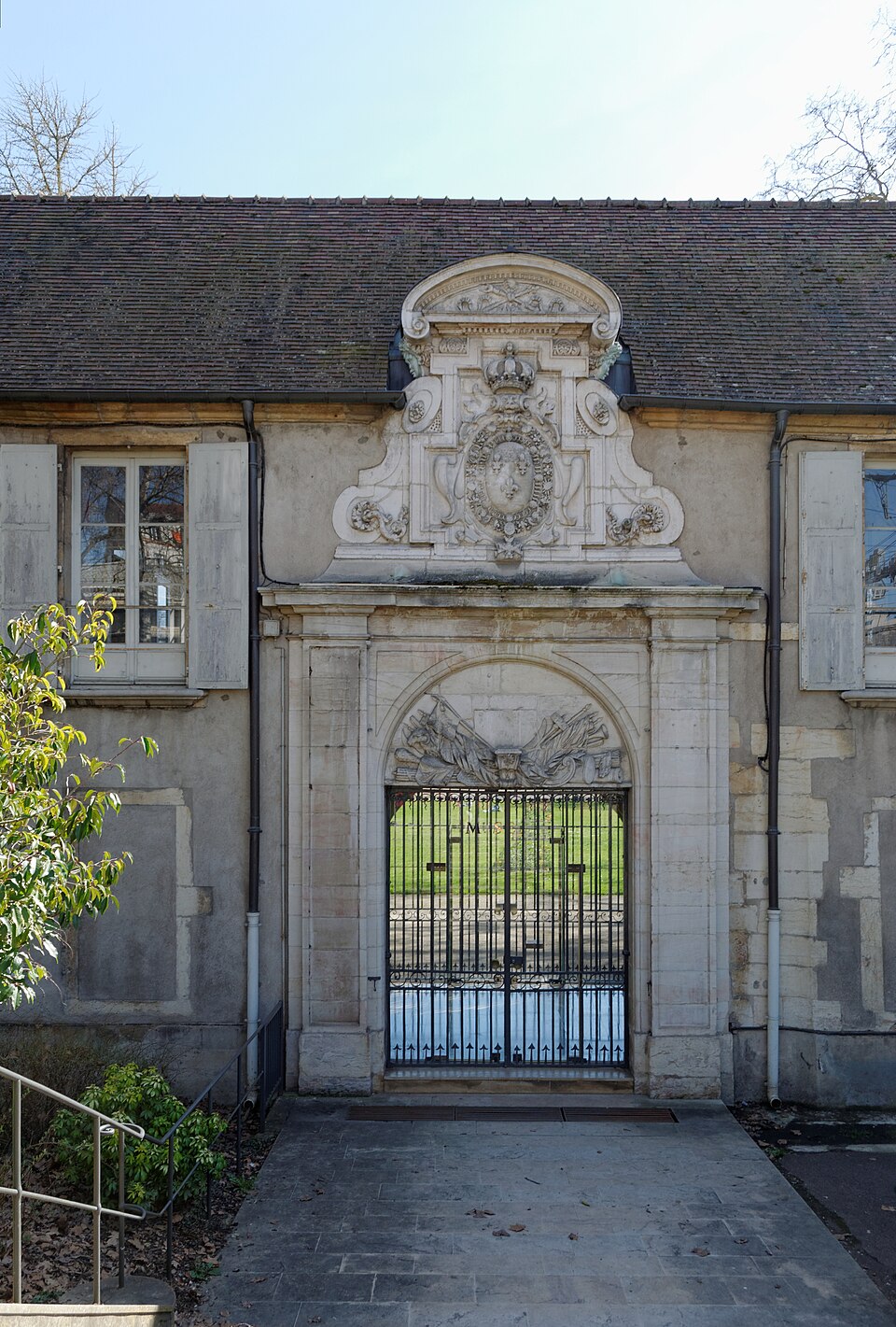
The Natural History Museum of Dijon (French: Muséum d'histoire naturelle de Dijon) is a natural history museum located in the …
Create a personalized itinerary and unlock the finest experiences Dijon has to offer
Plan Your Trip